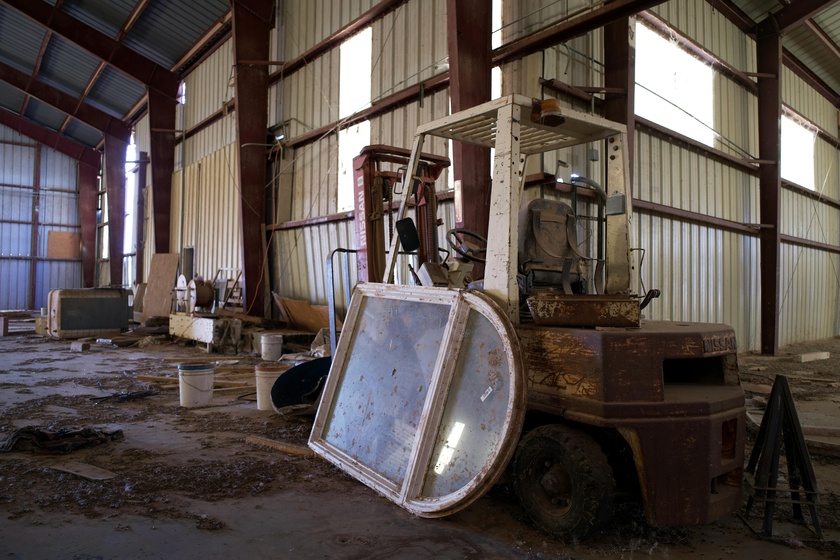Occupational therapy (OT) plays a pivotal role in enhancing individuals' motor skills and their ability to perform daily living activities. By focusing on personalized interventions, OT helps people regain independence, improve quality of life, and engage meaningfully in their communities. This article delves into the various aspects of occupational therapy, its impact on motor functions, and its significance in daily living activities.
Understanding Occupational Therapy
Definition and Scope
Occupational therapy is a client-centered health profession concerned with promoting health and well-being through occupation. The primary goal is to enable individuals to participate in the activities of everyday life. Occupational therapists achieve this outcome by enhancing the individual's ability to engage in desired activities or by modifying the environment to better support participation.
Core Areas of Focus
Activities of Daily Living (ADLs): These are essential self-care tasks such as bathing, dressing, eating, and toileting.
Instrumental Activities of Daily Living (IADLs): These include more complex activities like managing finances, cooking, and shopping.
Rest and Sleep: Ensuring individuals can rest effectively to support overall health.
Education and Work: Facilitating participation in educational and vocational pursuits.
Play and Leisure: Encouraging engagement in enjoyable activities for mental and physical well-being.
Social Participation: Promoting involvement in community and social interactions.
The Role of Occupational Therapy in Enhancing Motor Skills
Fine Motor Skills
Fine motor skills involve the coordination of small muscles, particularly in the hands and fingers, enabling tasks like writing, buttoning, and picking up small objects. Occupational therapists assess and address challenges in these areas through targeted exercises and activities. For instance, children with developmental delays may struggle with fine motor tasks, impacting their academic performance and daily functions. OT interventions can lead to significant improvements, enhancing their ability to perform school-related tasks and self-care activities.
Gross Motor Skills
Gross motor skills pertain to movements involving large muscle groups, such as walking, jumping, and maintaining balance. Occupational therapists design programs to improve strength, coordination, and mobility. For example, individuals recovering from strokes often experience impairments in gross motor functions. Engaging in occupational therapy has been shown to enhance motor function and independence in activities of daily living for stroke survivors.
Sensory Integration
Sensory integration is the process by which the brain organizes and interprets external stimuli. Some individuals, particularly those with autism spectrum disorders, may have difficulties processing sensory information, leading to challenges in motor planning and execution. Occupational therapists utilize sensory integration techniques to help clients respond more effectively to their environment, thereby improving motor responses and daily functioning.
Impact on Activities of Daily Living (ADLs)
Assessment and Evaluation
Occupational therapists begin by conducting comprehensive assessments to identify difficulties in performing ADLs. This involves evaluating the individual's physical abilities, cognitive functions, and environmental factors. For instance, the Assessment of Motor and Process Skills (AMPS) is a standardized tool used to measure the quality of ADL performance. Such evaluations are crucial in tailoring interventions that address specific needs and promote independence.
Intervention Strategies
Skill Development: Therapists work with clients to develop or regain skills necessary for daily tasks. For example, a person with arthritis may learn joint protection techniques to dress independently.
Adaptive Equipment: The use of tools like grab bars, dressing aids, or modified utensils can facilitate independence. For instance, individuals with limited hand strength might benefit from specially designed kitchen tools to prepare meals safely.
Environmental Modifications: Altering the home or workplace environment, such as installing ramps or rearranging furniture, can remove barriers to participation. These modifications ensure that the environment supports the individual's functional abilities, reducing the risk of accidents and promoting autonomy.
Outcomes and Benefits
Engaging in occupational therapy has been associated with significant improvements in ADL performance. For example, a study focusing on individuals with intellectual disabilities found that occupational therapy interventions led to enhanced daily living skills, enabling greater participation in community activities.
Additionally, children receiving occupational therapy have shown progress in self-care tasks, positively impacting their confidence and social interactions.
Occupational Therapy Across the Lifespan
Pediatric Occupational Therapy
In children, occupational therapy addresses developmental delays, sensory processing issues, and motor skill challenges. Therapists collaborate with families and educators to support the child's participation in school and play. For instance, pediatric occupational therapy can improve fine motor skills, enabling children to write, draw, and manipulate objects effectively. This enhancement not only supports academic success but also fosters self-esteem and social engagement.
Adult and Geriatric Occupational Therapy
For adults, particularly the elderly, occupational therapy focuses on maintaining independence, managing chronic conditions, and adapting to physical changes. Therapists assist with strategies to safely perform daily tasks, recommend home modifications, and provide exercises to maintain mobility. For example, an older adult recovering from hip surgery may work with an occupational therapist to relearn dressing techniques, ensuring safety and promoting recovery.
Evidence-Based Practices in Occupational Therapy
Research and Efficacy
Numerous studies have demonstrated the effectiveness of occupational therapy in improving motor skills and daily living activities. A randomized controlled trial found significant improvements in both gross and fine motor skills among participants receiving occupational therapy interventions.
Another study highlighted that individuals with chronic conditions experienced enhanced ability to perform ADLs following occupational therapy, underscoring its role in promoting functional independence.
Client-Centered Approach
A fundamental principle of occupational therapy is its client-centered approach, which emphasizes collaboration between the therapist and the client to ensure that interventions are tailored to the individual's unique needs, preferences, and goals. This approach fosters a therapeutic partnership that empowers clients to actively participate in their rehabilitation process.
Key Components of Client-Centered Practice
Respect for the Client's Autonomy: Recognizing and honoring the client's right to make informed decisions about their care.
Individualized Care: Designing interventions that align with the client's personal values, cultural background, and specific circumstances.
Collaborative Goal Setting: Engaging clients in setting realistic and meaningful goals that reflect their aspirations and daily life demands.
Empathetic Communication: Maintaining open, honest, and supportive dialogue to build trust and understanding.
Benefits of Client-Centered Occupational Therapy
Implementing a client-centered approach has been associated with improved therapeutic outcomes, including enhanced satisfaction with care, increased adherence to therapy programs, and better overall functional improvements. By involving clients in their care decisions, therapists can develop more effective and relevant intervention strategies.
Challenges and Considerations
While the client-centered approach offers numerous benefits, therapists may encounter challenges such as balancing professional expertise with client preferences, addressing diverse cultural backgrounds, and managing varying levels of client engagement. Continuous reflection and adaptation are essential to navigate these complexities effectively.
Conclusion
Occupational therapy plays a crucial role in enhancing motor skills and facilitating daily living activities across the lifespan. By adopting a client-centered approach, therapists can provide personalized interventions that promote independence, improve quality of life, and empower individuals to engage meaningfully in their communities.



















